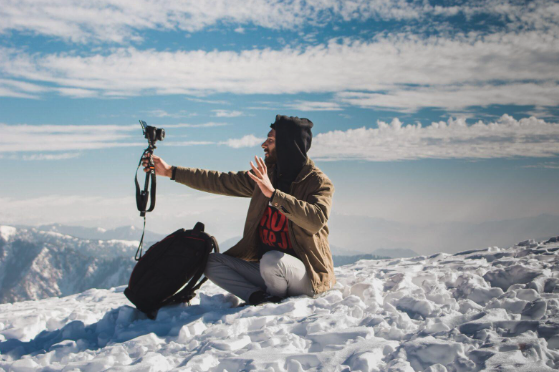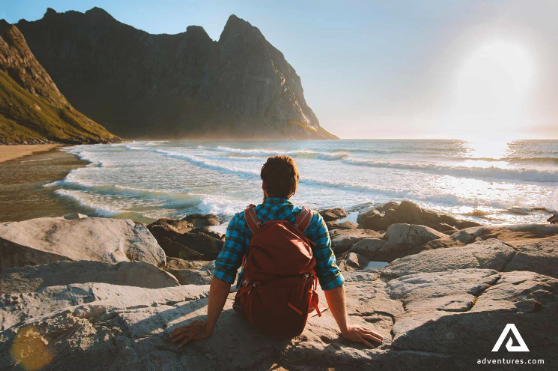What Internet Speed Is Perfect For Travel Blogging?
Travel blogging has become a prominent norm recently. When traveling opened again after the pandemic, most bloggers chose to travel and in doing so, opted to showcase the memories they captured during their journey.
The quality of the content that the bloggers made helped them fortify their credibility as a source of rich information for numerous locations. It’s actually a great form of earning with many travel bloggers earning around $200 per sponsored post.

The trend has changed and many bloggers use video blogging or vlogging to improve their online presence. It’s much better than writing and publishing since a vlogger can launch their YouTube channel or use Live features on social sites to engage the audience.
Apart from what’s needed to be a great travel vlogger, you need to find out what’s the best internet speed for it because how will you go live with your audience?
What Internet Speed Is Good for Travel Vlogging?
Well, we’re here to answer this question because doing so will definitely solve the problem of accessing the internet while you’re traveling. But for that, you’d have to answer some questions:
Where Will You Be Traveling, Though?
Does the place that you’re visiting have access to the internet? It’d be easier to use your home internet provider’s free hotspot access in that area. If you’re visiting rural areas, then you’d probably have access to satellite internet.
But if you’re looking for options, then Spectrum Internet is pretty good in terms of coverage and you’d probably find its WiFi hotspots that will keep you connected on the go. Apart from that, you can go for Hughesnet, which offers satellite internet service.

What Activities Will You Be Covering?
Now this is going to tell what internet speed will be good enough for your vlogging needs. Will you be using the Maps only? Will be calling someone on the internet? Will you be uploading images, videos, or both? Will you be sending media files to someone? What channel of communication will you be using?
All these can be answered by brainstorming your travel vlogging plan and, frankly, this will also help you gather the right resources for your tour. For instance, great content requires good equipment; although having a phone will probably be enough, the battery can die soon if you keep using it.
So, instead, it’s better to just get a professional camera or a recorder and carry the relevant equipment for the purpose. Based on the activity, below is a table to help you find out the right internet speed for each:
| Type of Activity | Internet Speed Needed |
| Social media browsing | 5 Mbps or more |
| Image sharing | 10 Mbps or more |
| Video sharing | 25 Mbps or more |
| Media uploading | 100 Mbps or more (can be less, depending on the platform) |
| Live videos | 200 Mbps or more |
| Video Calling | 15 Mbps or more |
So, What’s an Ideal Internet Speed for Travel Blogging?
If we consider that you’d be doing all the activities mentioned above, then we recommend getting a plan of at least a 100 Mbps speed with at least 50-100 GB data, if not unlimited. However, you need to understand that if you’re visiting a remote location, then you’ll only be able to get satellite internet.
Fortunately, you can find several options, such as Hughesnet, Starlink, etc., that offer good speeds and data along with economical rates.
If the location you’re visiting has cable internet or even fiber, then you have several options, including Spectrum, Xfinity, AT&T, etc. Subscribing to their services, you can access their free WiFi hotspots, if available, in your desired location.
So, make sure that when you’re packing for your next trip, you get yourself the right internet connection to stay connected to the world, and let your audience enjoy the tour virtually!
